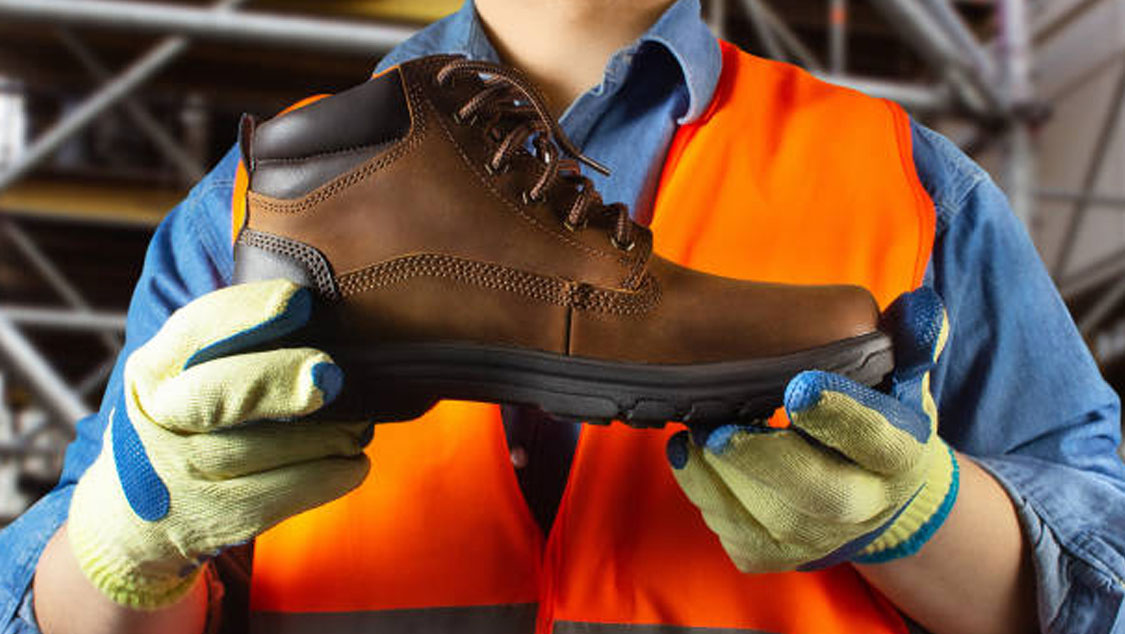
- 2021-06-21
- By Admin
Wear Safety Shoes And Keep A Good Footing On Life
Potential hazards which may lead to foot and leg injuries include falling or rolling objects, crushing or penetrating materials, hot, corrosive or poisonous substances, electrical hazards, static electricity, or slippery surfaces.
Different footwear protects in different ways. Check the product's labeling or consult the manufacturer to make sure the footwear will protect the user from the hazards they face.
Foot and leg protection choices include the following:
- Safety-toed shoes or boots protect against falling, crushing or rolling hazards. Safety-toed footwear must meet the minimum compression and impact performance standards in ANSI Z41-1999 or provide equivalent protection.
- Some safety shoes may be designed to be electrically conductive to prevent the buildup of static electricity in areas with the potential for explosive atmospheres or nonconductive to protect workers from workplace electrical hazards.
- Metatarsal guards protect the instep area from impact and compression. Made of aluminum, steel, fiber or plastic, these guards may be strapped to the outside of regular work shoes.
- Toe guards fit over the toes of regular shoes to protect the toes from impact and compression hazards. They may be made of steel, aluminum, or plastic.
- Rubber overshoes are used for concrete work and areas where flooding is a concern
- Shoes with slip-resistant soles are required for certain departments and should be used in areas where slips and falls on wet floors are most likely.
- Studded treads and overshoes should be used when employees must work on ice or snow-covered walking surfaces.
- Leggings protect the lower legs and feet from heat hazards such as molten metal or welding sparks. Safety snaps allow leggings to be removed quickly.


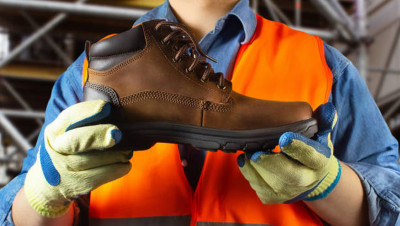
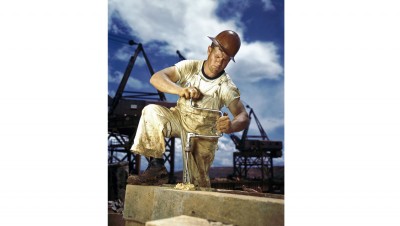

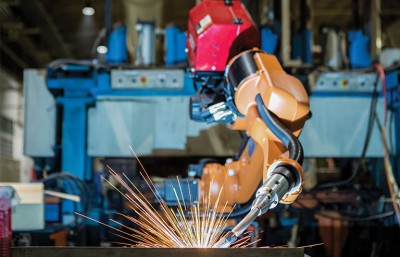
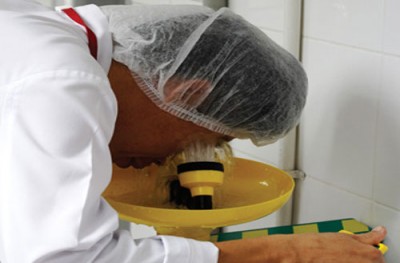







Comments(0)
No reviews yet.
Leave a comments